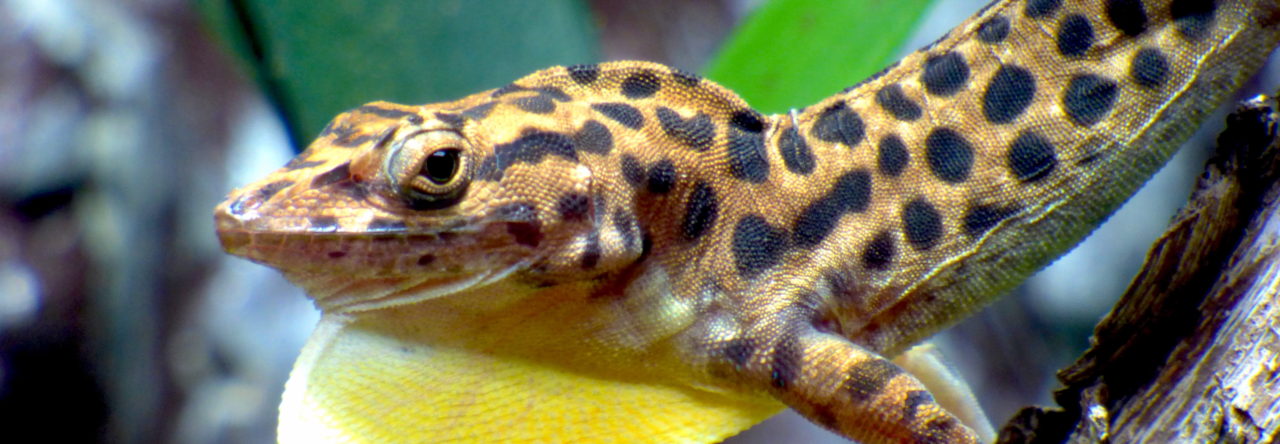
BBC host Michael Mosley with a Jamaican anole he captured
Our local PBS station has been airing episodes of the entertaining 2010 BBC series The Story of Science: Power, Proof, and Passion, hosted by medical journalist and doctor Micheal Mosley. The program recounts the history of major advances in science by focusing on the individuals responsible for them.
Episode Three, “How did we get here?”, tracks Evolutionary theory, from the development of geology, through Cuvier’s advances in comparative morphology and on to the field work that kickstarted Darwin and Wallace’s thought processes. In this episode Mosley follows in the footsteps of early collector Hans Sloane. Sloane, as you will recall from a previous post, assembled an expansive collection of Jamaican flora and fauna including anoles.
There is a brief segment where Mosley and his botanist guide construct small nooses and capture an anole, pictured above. I don’t know the Jamaican fauna well, but my guess is that he’s got A. lineatopus. Unfortunately I can’t find any video clips and the only picture available (above) is pretty grainy. If you’ve seen the episode or if you can make out the species from the picture above, let me know if I’m close in the comments.
UPDATE: The anole segment is online! Thanks to Jonathan for sleuthing this out.
Manuel Leal’s fascinating studies showing that anoles have more going on than anyone would have expected is featured in a new Canadian TV documentary. The Nature of Things is a well known series hosted by the inimitable David Suzuki. This episode on the cognitive abilities is wide-ranging and has all the usual suspects (chimps, crows, etc.)…and anoles! Not to mention Manuel Leal. Unfortunately, the series can only be accessed online if you’re in Canada, but the rest of us can see a snippet on the post on Chipojolab, as well as a “behind-the-scenes” discussion of the film crew’s visit to Leal’s lab.









